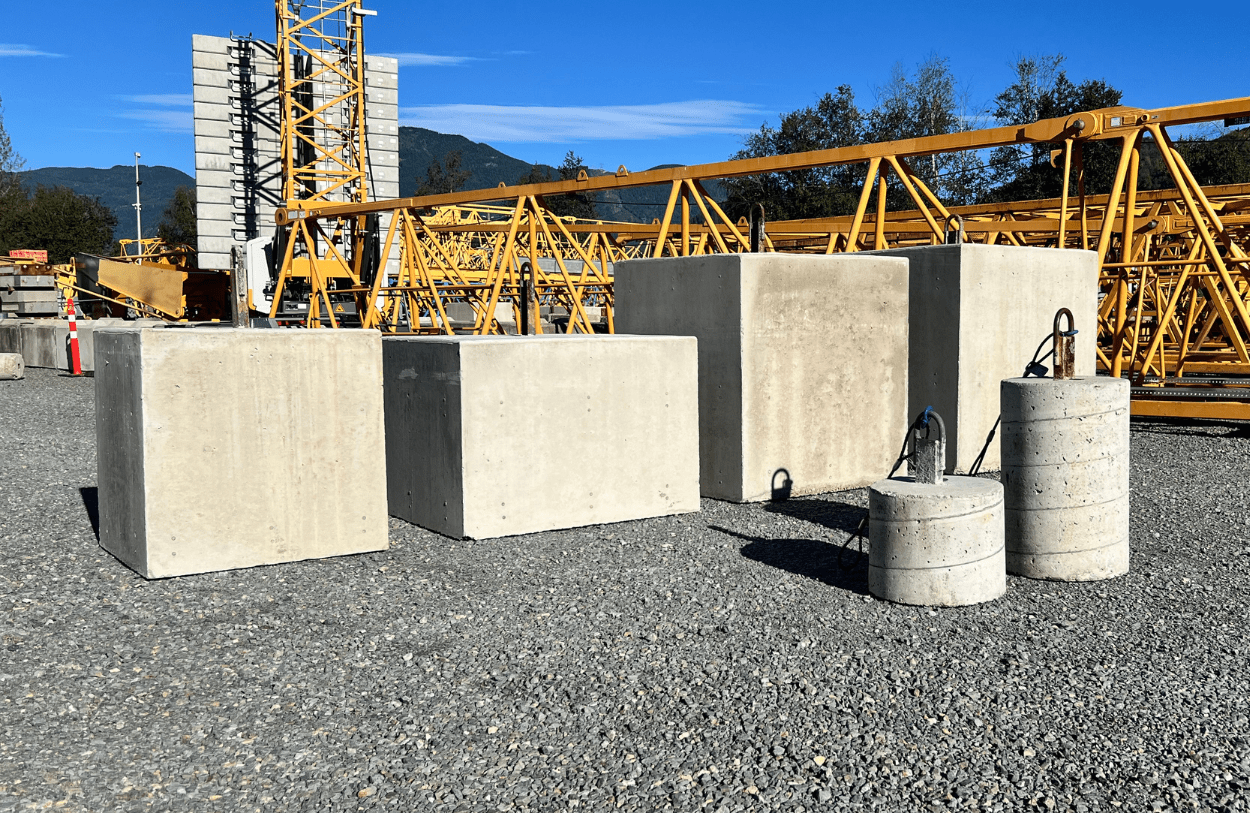A day in the life of a self-erect crane operator can be a physically and mentally demanding job, but it can also be rewarding and fulfilling for those who enjoy working with heavy machinery. Specifically self-erect cranes.
The day typically begins with an early morning, with the operator conducting a thorough inspection of the crane to ensure that it is in good working condition and ready for use. This involves checking the crane’s controls, ropes, cables, and other parts to ensure that everything is functioning properly. The first and most important priority of the operator is to ensure that all safety best practices and guidelines are being followed.
Once the crane is ready to go, the operator will begin to set it up at the job site. This can involve using the crane’s self-erecting mechanism to raise the boom and secure it in place, as well as securing the crane’s outriggers to provide stability during the lift.
Once the crane is set up, the operator will then use the crane’s controls to lift and place materials and equipment as needed. This may involve lifting steel beams, prefabricated building components, or heavy machinery into place, and requires precise control and a good understanding of the crane’s capabilities and limitations.
Communication is absolutely key when operating a crane onsite. It is important to have safety meetings to ensure everyone is aware the schedule of the days lifts and being aware of the crane lifting overhead throughout the day.
The rigger who is working with the operator is required to use the industry standard hand signals to direct the operator on where to land the load. This allows the operator to best place the load without having to be on the floor where the materials are being landed.
Throughout the day, the operator will continue to use the crane to lift and move materials, and will be in constant communication with other workers on the job site to ensure that the crane is being used in the most efficient and safe manner possible.
At the end of the day, the operator will conduct another inspection of the crane to ensure that it is in good condition, and will then dismantle the crane and prepare it for transportation to the next job site. It is also required to leave the crane in a free motion state so that if the wind does pick up overnight while unmonitored the crane will have the ability to swing with the wind and avoid unnecessary stress on the crane from the winds.
The life of a self-erect crane operator can be demanding, but it also offers a unique and challenging opportunity to work with heavy machinery and help build some of the world’s most impressive structures. It requires a combination of technical skill, physical dexterity, and attention to detail, but can also be a rewarding and fulfilling career for those who are up to the challenge.





